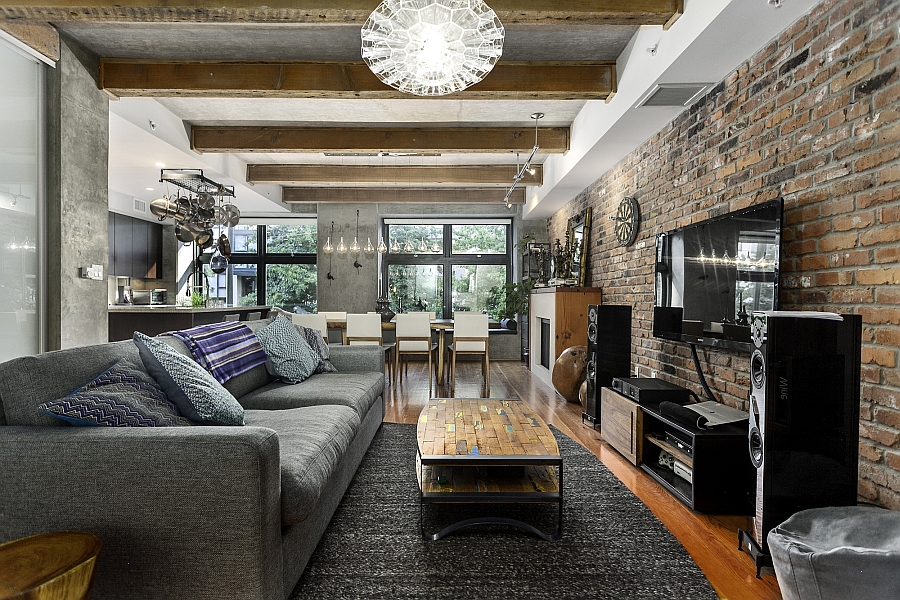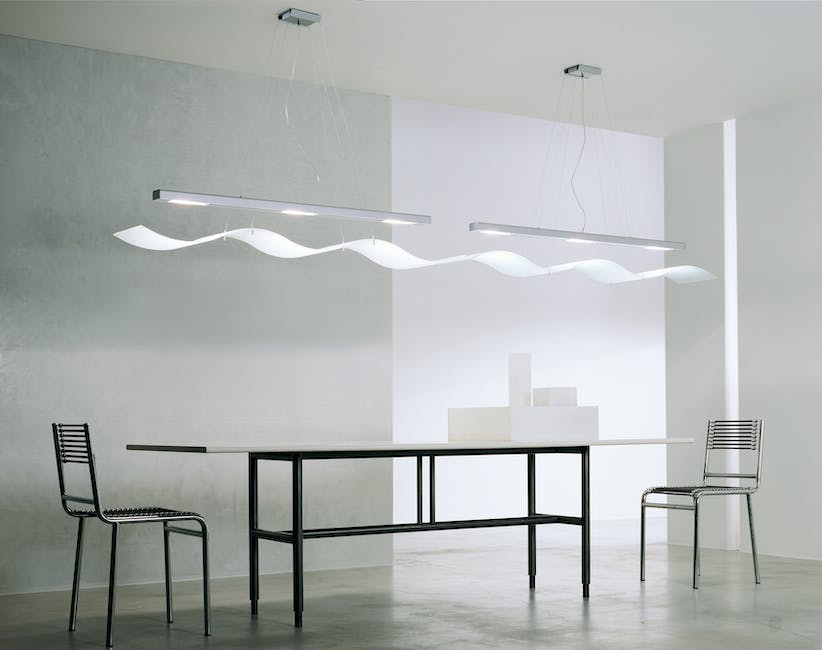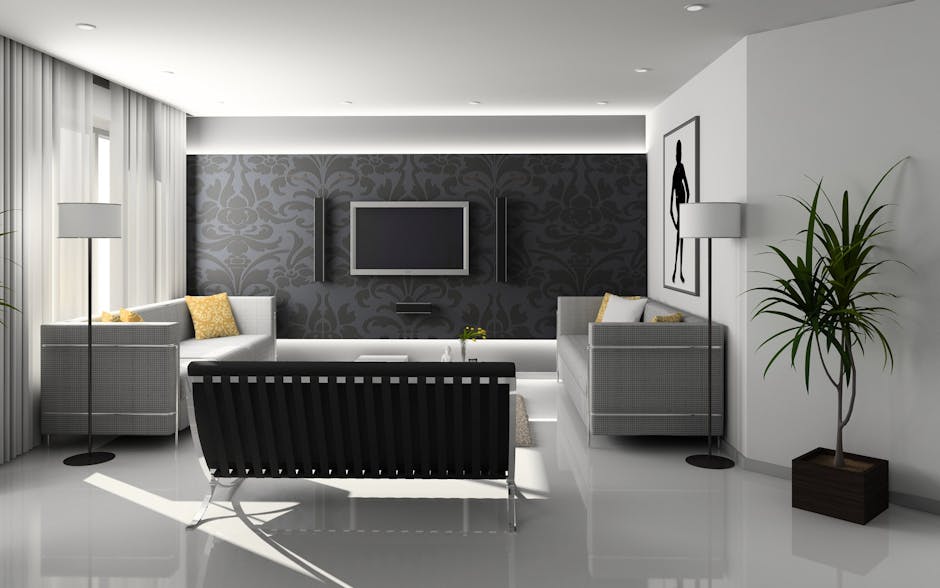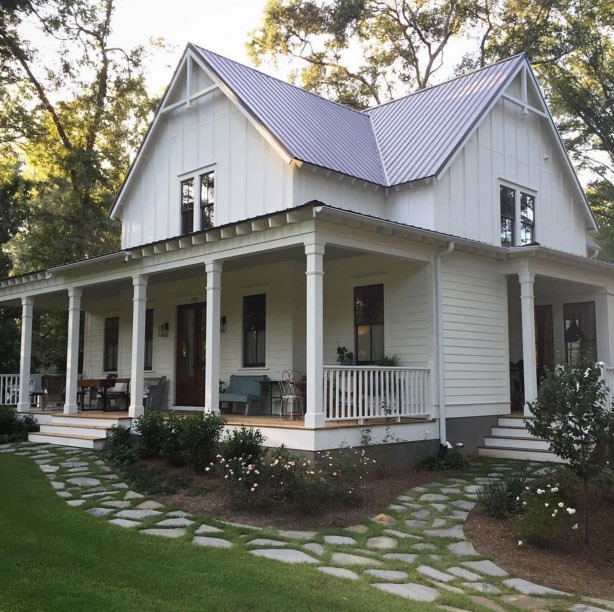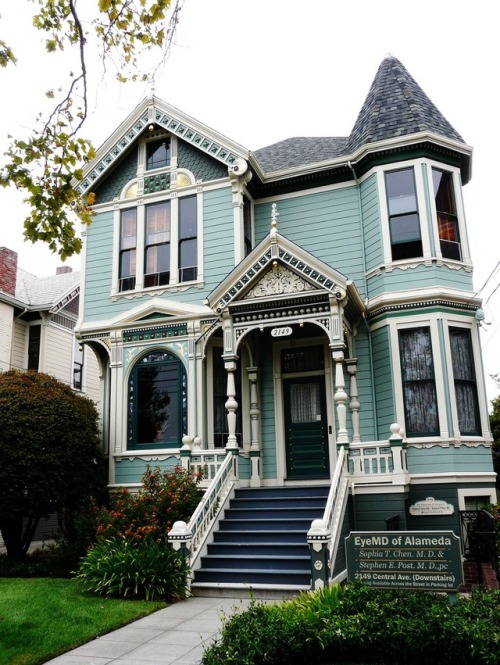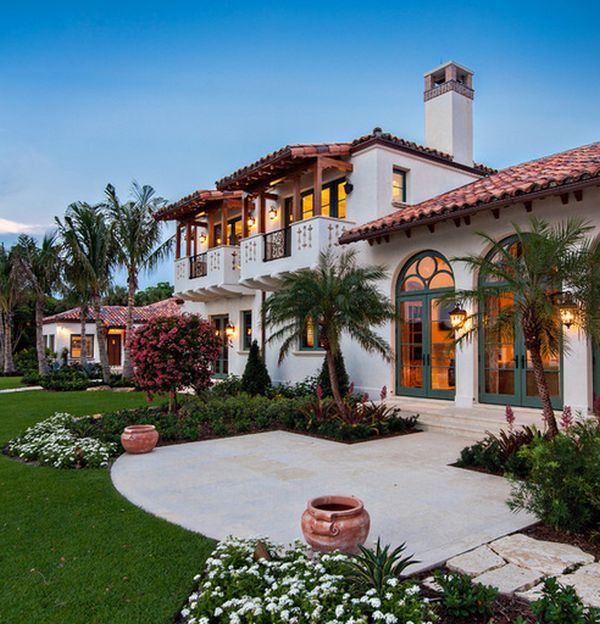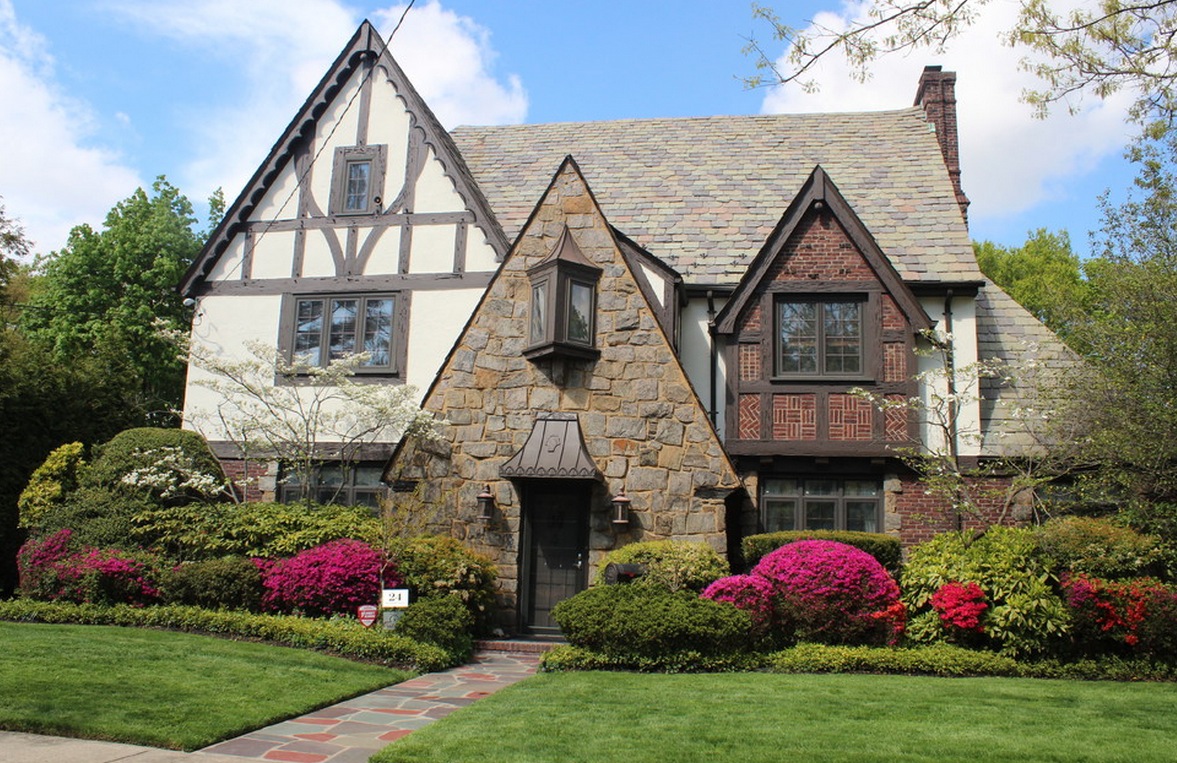4. INDUSTRIAL
Industrial style as the name implies, draws inspiration from a warehouse or an urban loft.
There’s a sense of unfinished rawness in many of the elements, and it’s not uncommon to see exposed brick, ductwork and wood. An iconic home with an industrial design theme would be a renovated loft from a former industrial building.
Think high ceilings, old timber and dangling metal light fixtures with sparse functional furniture. There may possibly be one or two pieces of abstract art or photography to add a dash of colour to an otherwise neutral colour scheme derived from the primary materials of wood and metals.
